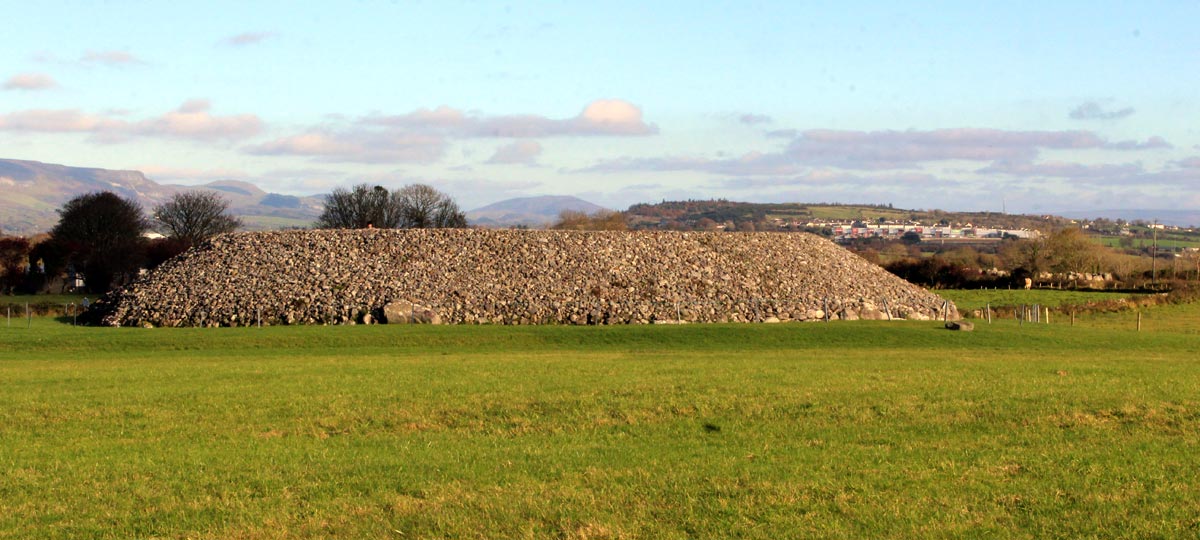Finds from Carrowmore
The kind of artifacts and burials recorded at Carrowmore are of the same type as those found at the other great Irish complexes of Carrowkeel, Loughcrew and the Boyne Valley.
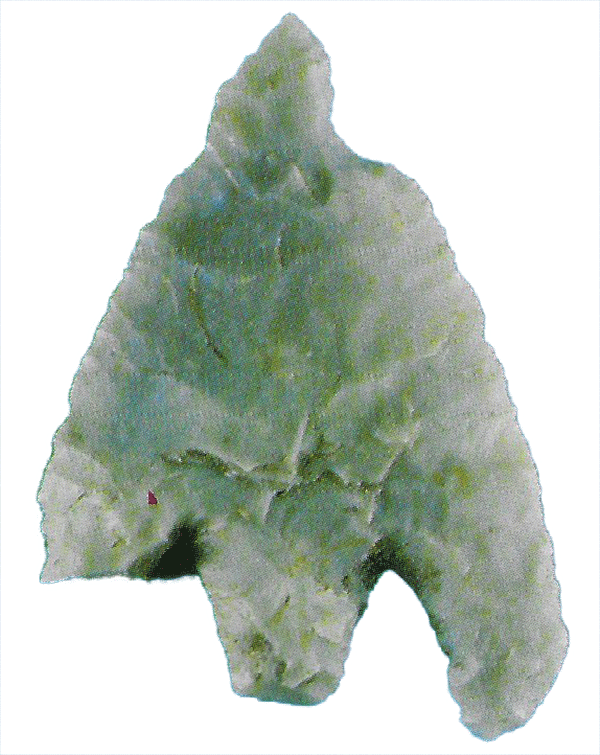
The type of artifacts dating from the neolithic period found at Carrowmore are typically:
— pins made from bone or red deer antler;
— fragments of quartz;
— sea-shells and beach-rolled pebbles;
— stone, pottery, of in one case crystal beads or pendants;
— fragments of crude pottery termed Carrowkeel ware;
— flint or chert arrowheads, scrapers and debotage;
— cremated human remains
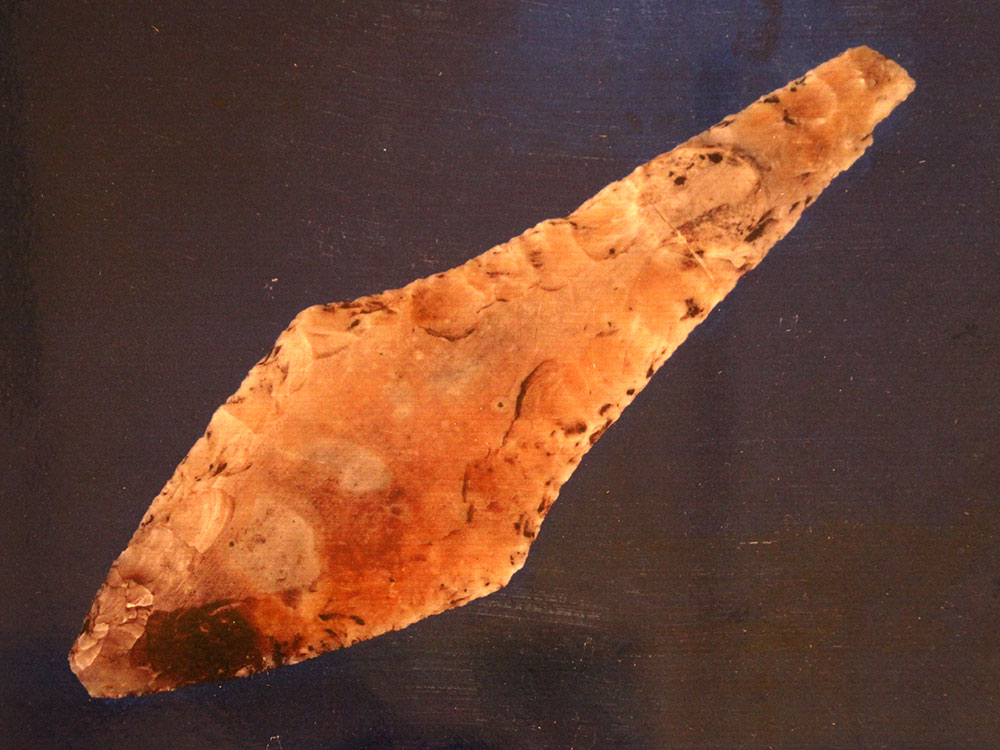
The monuments at Carrowmore were extensively ransacked by Roger Walker, a landlord and collector of antiquities in Rathcarrick, and a poor keeper of records. Walker had a private museum in his home, and before his death he sold many fine pieces to private collectors; as a consequence, some of the material from Carrowmore is on display in the museum at Alnwick Castle in Northumberland.

Fragments of quartz which would have come from the Ox Mountains to the south of Carrowmore. Quartz was an important feature of this type of monument, and at Carrowmore pieces of quartz were included with burials. Chert was quarried on the east side of Knocknarea, and chert scrapers were found in abundance during test excavations carried out on the walls around the mountain. Chert scrapers were discovered in several of the Carrowmore chambers.

Another common find are fragments of flint, a more durable stone than chert, which would have been imported from Antrim or even further afield. A leaf-shaped flint arrowhead was found in Circle 7, while a fine spearhead or javlin was found by Walker in the chamber of Listoghil. A number of Carrowmore flints are in the collection at Alnwyck castle.
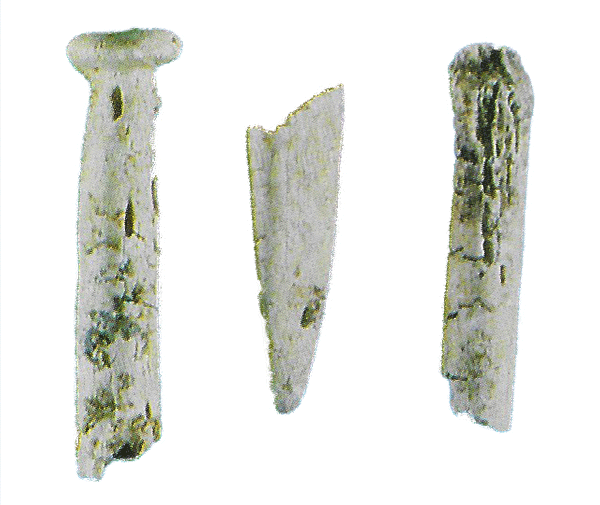
A few fragments of the type of pottery called "Carrowkeel ware" were found, and one complete pot dating from the Bronze age was discovered in Carrowmore 17. A fine bronze pin was found with this pot, and Walker seems to have swapped or traded it with his friend Petrie, who also had a personal collection of artifacts.
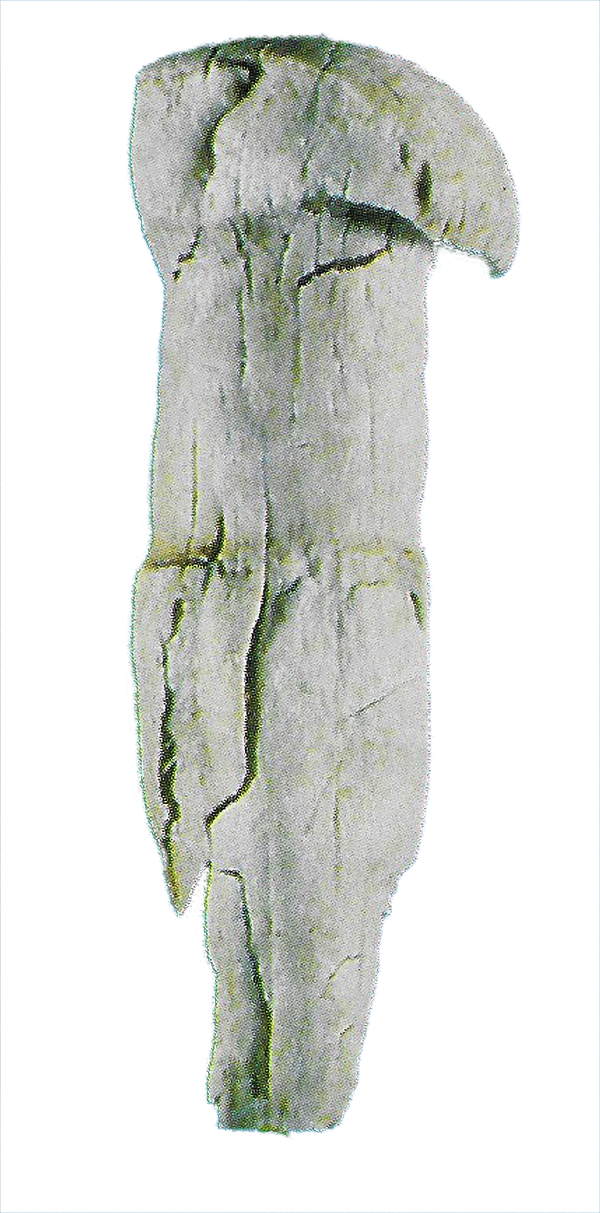
One of the most common finds in the Carrowmore monuments were pieces of carved antler from the red deer, and sometimes pins carved from cattle or some other kind of bone. Stephan Bergh and Robert Hensey settled the question of the age of the Carrowmore monuments by dating samples of red deer antler. Using C14 dates they were able to prove that the period of use of the Carrowmore monuments stretched from 5,800 to 5,000 years ago.
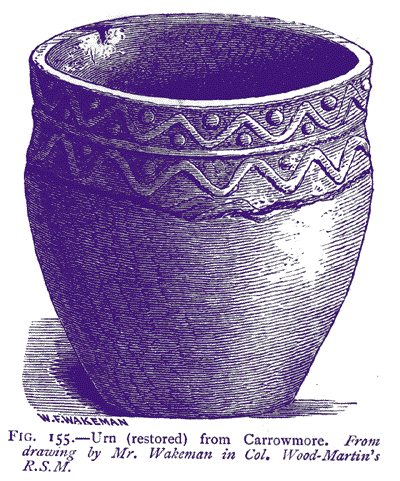
A frequently discovered item are marbles, beads and pendants, usually with a perforation, made from of various types of stone. A beautiful pendant made from a piece of clear rock crystal with a hole drilled through was found within Circle 4.
A selection of these artifacts are on display in the National Museum of Ireland in Dublin.
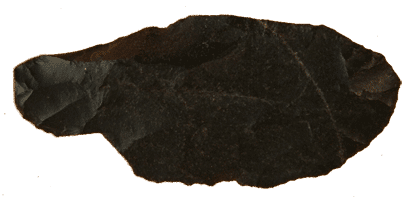
Cremated human remains were found in large quantities in Carrowmore—some 32 kg came from the chamber of Circle 4 alone. Large quantities of animal bone—from many different species—were found in the chambers by Walker and Wood-Martin. These may be the remains of feasts that were held in the circles at various times in the past. The monuments were visited and used over a long period of time after the neolithic.

A piece of a flat, circular ring of bone was found in Circle 27. It was thought to be carved from whale bone, but is now considered to be a piece of walrus tusk. There is still a large colony of seals living on the sand flats in nearby Ballisodare Bay. A broken artefact, similar in appearance was found within Circle 1.


